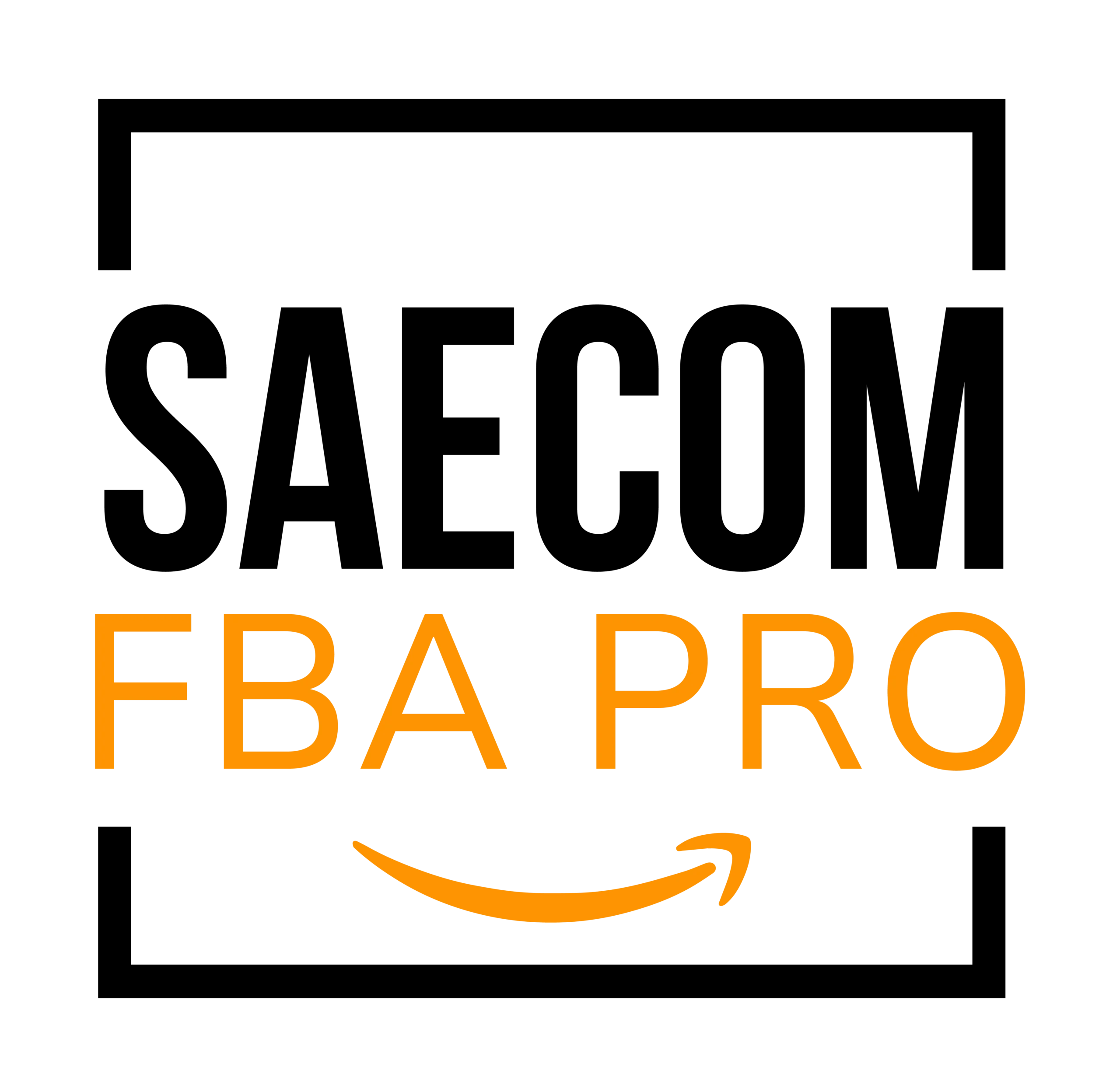How to Price Your Products Right on Amazon
Every Amazon seller aims to maximize sales—and a smart pricing strategy is one of the most important tools to make that happen.
Several elements impact a buyer’s decision to choose your product, such as:
- Where your item appears in keyword search results
- Number of reviews and overall rating
- Quality of product photos and listing description
- Speed of delivery
- And, of course, the price
When building a private label brand on Amazon, pricing plays a central role. Unlike retail arbitrage or wholesale, where competing for the Buy Box is critical, private label sellers are instead vying for attention among similar listings in search results.
If you price your product too high, shoppers will go with more affordable competitors. Price it too low, and you could start a price war that tanks your margins—and the entire niche’s perceived value. So how do you hit the pricing sweet spot?
There’s no universal solution. Your ideal price depends on quality, costs, and consumer expectations. Still, several proven, data-based strategies can help you land on the right figure.
Crafting a Smart Amazon Pricing Strategy in 2025

To price your product wisely, you need to understand what Amazon customers want and how competitors deliver on those expectations.
Ecommerce continues to grow rapidly. Amazon is the go-to store for most U.S. shoppers, surpassing both online and physical retailers. While price matters to buyers, over 75% of them are open to spending up to $100 on a single item from Amazon.
That doesn’t mean $100 products are the norm, though. Seller data tells a more grounded story.
In 2024, most Amazon sellers—about 58%—priced their products between $16 and $50.
Moreover, 57% of top-performing sellers (those with lifetime profits of over $500,000) set prices under $30. You don’t need to sell premium goods to earn well—you just need a solid pricing strategy.
1. Know Your Profit Margin
Revenue is great, but only if your profits aren’t getting eaten up by fees and costs. That’s why it’s critical to calculate profit margins early on—ideally before sourcing any products.
Profit margin is your income after deducting all costs: manufacturing, shipping, Amazon referral and FBA fees, PPC spend, and more. Use this formula:
Profit Margin = ((Revenue – Total Costs) ÷ Revenue) × 100

A common rule of thumb is the “Rule of Three”:
- ⅓ covers Amazon and other selling fees
- ⅓ goes toward landed costs (costs before the sale, like freight and duties)
- ⅓ is your profit
Let’s say you price your item at $30. If $10 goes to fees and $10 to landed costs, you keep $10.
That’s a 33% profit margin:
$10 ÷ $30 = 0.33 × 100 = 33%
And yes, that’s a strong margin.
What’s a Healthy Profit Margin?
For private label sellers, aim for margins between 25% and 30%. For context, 58% of Amazon sellers report margins over 15%, and over a third exceed 20%. Nearly half of the most successful sellers hit between 21-50%.
Higher margins not only boost profit but also give you breathing room to invest in early advertising. Once ad spend is optimized, profitability improves even more.
Before placing an order with your supplier, you should estimate your final Amazon price and account for every related cost—COGS, shipping, FBA, storage, and ads.
Analyze potential items for demand, competition, and cost-effectiveness.
Identify Your Price Boundaries
Start by calculating your minimum and maximum prices. This helps you stay competitive while protecting profits.
Set your minimum price at your break-even point—the lowest price that covers all costs without profit. Set your maximum price based on competitors’ listings and customer expectations.
Example: Let’s say you want to sell a boat steering wheel knob. Competitors price it at $16.99, and your landed cost is $4.56.
Use Amazon’s FBA Revenue Calculator to estimate fees. Let’s say fees total around $6.82. Subtract that from your selling price to find your profit.
At $16.99, if you’re left with $5.61 in profit, that’s a 33% margin. Great!
To find your break-even price, adjust the calculator until net profit is about $0. For this product, that might be around $10.40. You wouldn’t actually sell at this price, but knowing this figure ensures you don’t underprice yourself.
Price to Add Value, Not Just Compete
For private label sellers, success means offering value—a quality product at a fair price—not just being the cheapest option.
Focus on building a real, unique brand, not just flipping generic goods. The more value your brand communicates, the more you can justify your pricing.
Lower Prices for New Products with No Reviews
If you’re launching a new listing without reviews, consider undercutting your competitors slightly. This helps drive early conversions and gather feedback.
Say your competition is priced between $16.99 and $19.99. Starting at $15.99 or $16.95 could help. Avoid dropping too low—like $11.99—since it may spark a price war.
If you go too cheap, competitors may respond by undercutting you, dragging the entire niche into a margin-killing spiral. No one wins when products become undervalued.
2. Handling Price Wars
One of the biggest fears for private label sellers is aggressive price competition. Two-thirds of sellers worry about this—and for good reason.
Sellers who slash prices to win short-term sales often burn out. Once ad costs, fees, and other expenses are considered, profits vanish.
Your best move? Don’t engage. Stick to your value-based pricing and let short-term competitors fade out. Build a strong listing, monitor your margins, and focus on long-term profitability.
Track Competitor Prices
Even if you’re not reacting to every competitor move, monitoring the market is essential.
Use tools to track price changes, BSR (Best Seller Rank), inventory levels, and real-time sales data. This helps you avoid entering a losing battle and ensures your pricing is aligned with demand.
Choosing the Right Price Range
Your startup budget also plays a role in your pricing strategy. If you’re starting with $500–$1,000, high-ticket items may be out of reach due to MOQ (minimum order quantity) limitations.
That’s okay—many successful sellers work in the $16–$50 price range.
One insight: the higher the price, the lower the competition. This is partly because expensive products require more capital. If you can afford it, a higher-priced item may be a safer, less saturated choice.
3. Differentiate Your Product
To charge more than your competition, you need to show why your product is worth more.
You can’t just repackage a generic item and expect buyers to pay a premium. Instead, look at competitor reviews and improve on flaws. Use better materials, add useful features, and clearly communicate those benefits in your listing.
Example: Two similar products sell at different prices. One is flimsy plastic, the other is durable aluminum. Angry reviews warn customers about breakage in the cheaper version. The more expensive item earns its price with stronger build quality.
Lesson: if your product doesn’t improve on what’s already available, you can’t justify higher pricing.
4. A/B Test Your Pricing
Split testing your price points can reveal your product’s sweet spot.
Try this: sell your item at $24.99 for two weeks, then bump it to $26.95 for the next two. Track sales during both periods. If the higher price doesn’t reduce sales—or improves them—stick with it.
Let the data, not guesswork, guide your pricing.
5. Price Above the Free Shipping Threshold

Prime members always get free shipping, but non-Prime shoppers don’t. For them, orders under $25 usually include a shipping fee.
Pricing your product just above that $25 mark can convert more shoppers by making them eligible for free shipping—no extra items needed.
Let’s say one product is $24.99 and another is $25.01. The first might lose out simply because it triggers a shipping fee. A few cents can make a real difference in conversions.
6. Try Psychological (Charm) Pricing
Also known as charm pricing, this method uses human psychology to make prices feel like a better deal.
Pricing something at $19.99 instead of $20 often boosts conversions, even though it’s only one cent less.
This works especially well for impulse buys or novelty items—think quirky kitchen gadgets or colorful accessories.
Try ending your prices in .99, .95, or .90 and test how those numbers perform against whole-dollar prices. Use A/B testing here, too.
Final Thoughts
In today’s competitive Amazon marketplace, having a smart, well-researched pricing strategy is just as important as choosing the right product. Price too low, and you risk damaging your margins and the value of your niche. Price too high, and you might miss out on valuable sales opportunities. The key is to strike a balance — offering great value while maintaining profitability.
Start by clearly understanding your costs and desired profit margins. Research your competitors thoroughly, track market trends, and don’t be afraid to adjust your pricing over time using techniques like A/B testing. Focus on differentiating your product, improving customer experience, and adding value where your competitors fall short.
Remember, success on Amazon isn’t about undercutting everyone else — it’s about building a sustainable, trustworthy brand that customers are willing to pay for. Stay disciplined, monitor your numbers closely, and prioritize quality and service alongside price.
With a solid pricing strategy and a commitment to continuous optimization, you’ll be well-positioned to grow your Amazon business profitably in 2025 and beyond.


